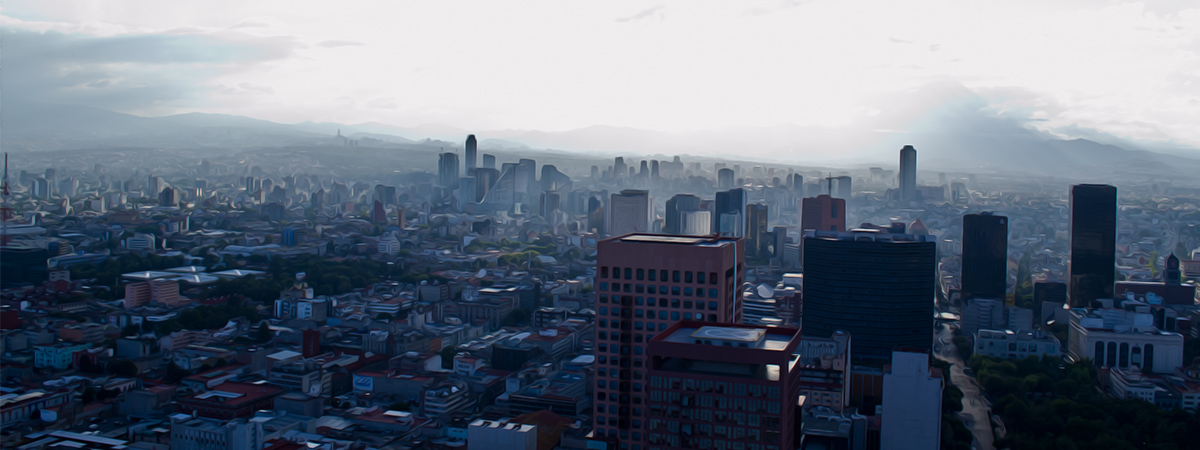On September 21st, the streets of Manhattan overflowed with more than 300,000 global citizens demonstrating their concerns for climate change to the diplomats gathering at the UN’s Climate Summit the following day. Despite the high expectations of the demonstrators in Manhattan and the 162 other countries with marches, the UN Summit, like many others, lacked broadly-adopted, decisive resolutions to curb carbon emissions and help developing countries most at risk of climate change.
While the diplomats argue, business leaders in the field are finding ways to reduce emissions and tackle major challenges Tweet This Quote
Why aren’t summits full of the world’s most powerful leaders finding solutions to these problems? The summits are missing the perspective of the silent majority—the five billion people living on $1.25 per day or less. And while the diplomats argue, business leaders in the field are finding ways to reduce emissions and tackle major challenges like the billion and a half people without electricity, or the two and a half billion lacking access to a toilet.
So, let’s rethink the UN’s approach: instead of world leaders having a high-level discussion about saving people and the planet, what if we create a forum for people at the bottom of the pyramid to collaborate with hundreds of entrepreneurs to develop new business models? What if we then connect entrepreneurs with investment from big businesses to deploy those business models to meet the needs of the world’s poor?
After all, the technologies are ready to save money. What we need are new business models and mainstream capital to deploy these technologies. Once we solve these deployment challenges locally, we can expand new business and technology solutions globally. And, in fact, the billions of people without running water and electricity are a market that has been—and can be—tapped to create business.
For instance, Celtel, a mobile phone network in Sub-Saharan Africa, as well as mobile networks in India and the Philippines have built industries worth approximately $57 billion, according to C.K. Prahalad—the late University of Michigan Business Professor and author of The Fortune at the Bottom of the Pyramid.
Technologies are ready to save money. What we need are new business models and mainstream capital to deploy these technologies. Tweet This Quote
Through the work of companies like Celtel, 70 percent of people in Africa have cellular phones, but more than 543 million people with phones lack access to an electrical outlet in their home. India, having a slightly higher percentage, wants to achieve universal WIFI within 2 years, but with the poor lacking easy way to charge phones, only the middle class and well off will benefit. Today, many people in poverty have to take their mobile phones to owners of diesel generators and pay an average of $5 per kWh (30 times the average price for electricity in South Africa and India) to recharge them.
This scenario leads to solving a problem most of us don’t think about: how to charge a phone when there is no plug. In these instances, entrepreneurs to need to think small to solve big problems, like Azuri Technologies. Azuri’s main product, Indigo solar, is a pay-as-you-go solar system where customers use scratch cards and mobile phones to pay for solar energy. Azuri has a unique energy escalator in their business model that allows customers to upgrade to larger solar systems that can power wealth-creating appliances like sewing machines.
Azuri Technologies is but one of the many companies meeting the needs of the people at the bottom of the pyramid. Small-scale solutions like solar phones, solar chargers, wind-up chargers, base station charging, and village charging stations are all real and viable—in fact, they are cheaper than both the grid and the diesel power that feeds it.
Innovation occurs by understanding market problems then finding the business solutions to deploy the technology that can fix these problems.
Innovation occurs by understanding market problems then finding the business solutions to deploy the technology that can fix these problems. At the Carbon War Room we have noted, “the emissions reductions necessary to meet 2020 requirements can be addressed today—and profitably—by existing technologies, under existing policy. This is an opportunity marked as a crisis—arguably the largest wealth creation opportunity of our lifetime.”
The same holds true for what Prahalad identified as the bottom of the pyramid. There is a fortune to be mined. Entrepreneurs just need to roll up their sleeves, listen directly to consumers, and take the risks necessary to make it all happen.
In 2015, world leaders will gather in Paris for yet another UN summit on climate change. Rather than waiting for diplomats to stop squabbling, entrepreneurs need to recognize the enormous market opportunity at the bottom of the pyramid. World leaders can then play a critical role in connecting fearless entrepreneurs with mainstream capital to stave off climate change, build a more resilient society, and start creating wealth from the bottom up.



